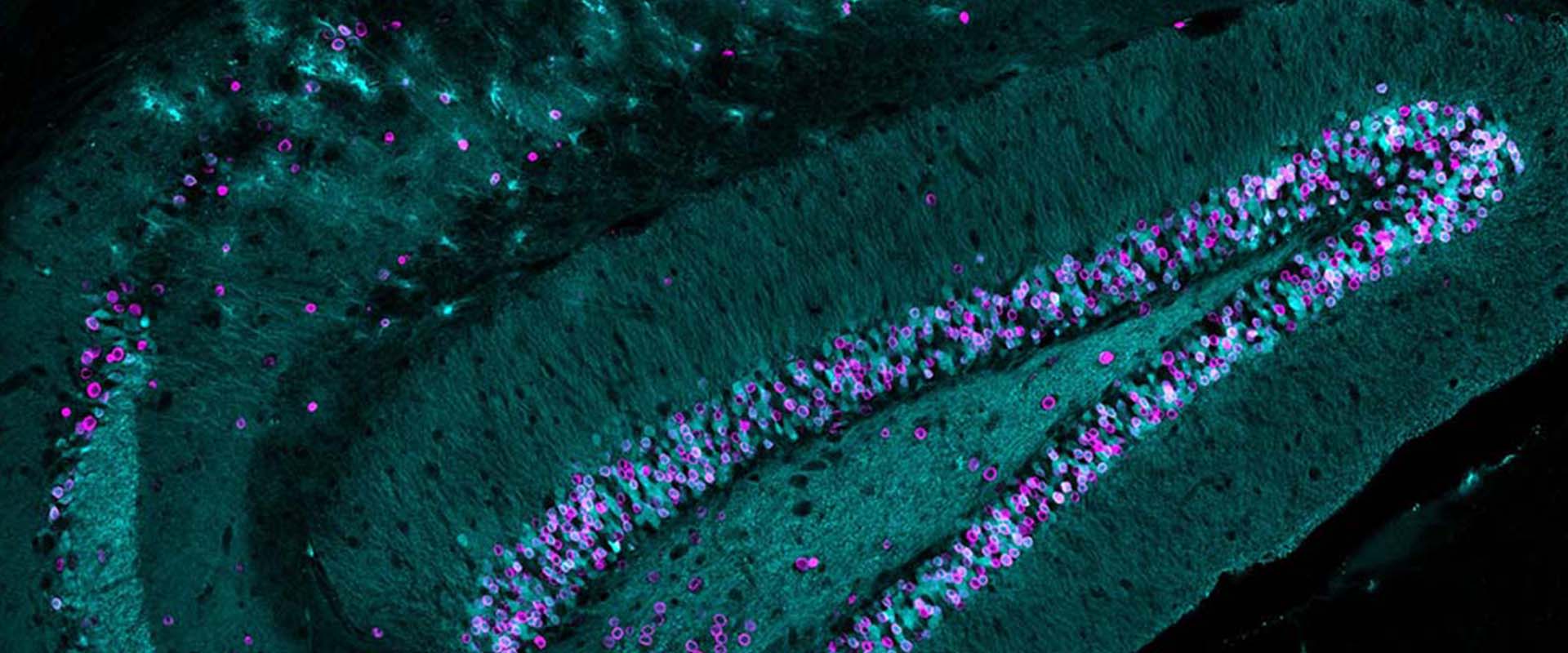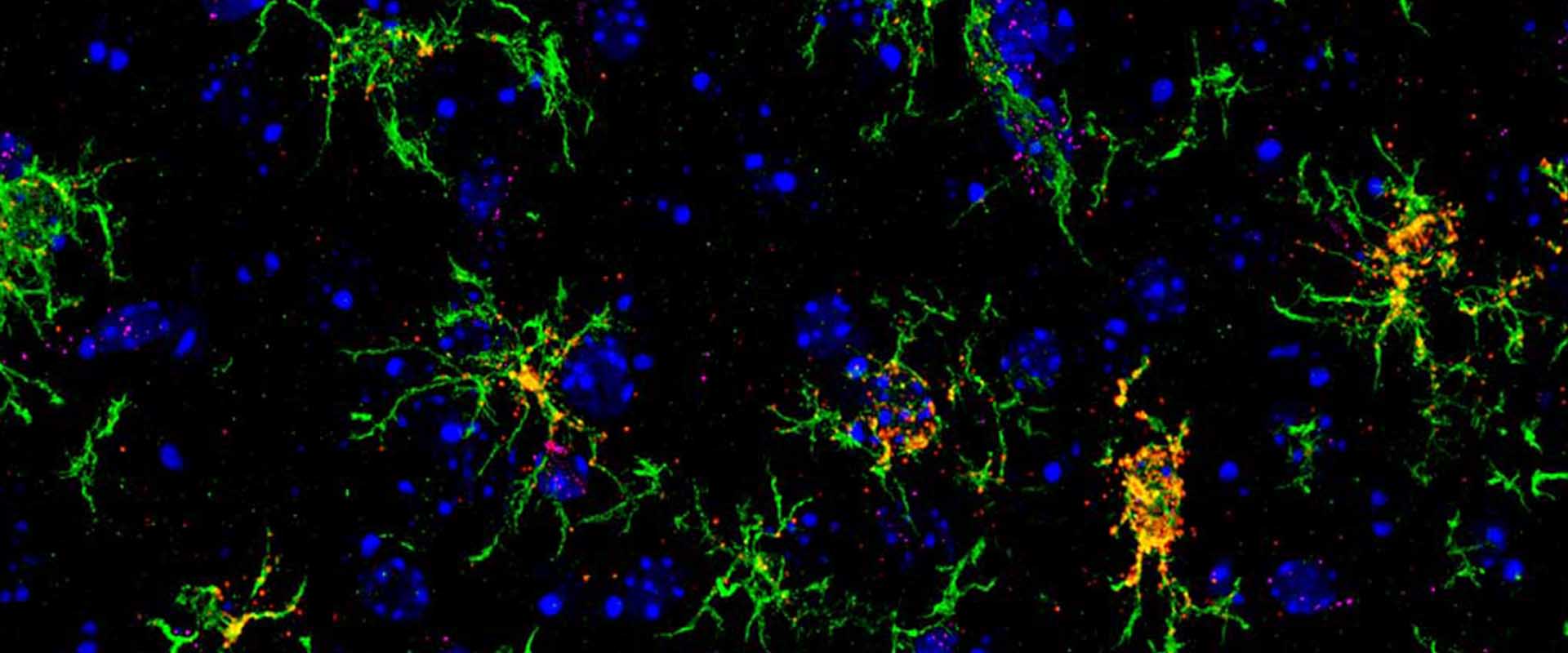Sublayer- and cell-type-specific neurodegenerative transcriptional trajectories in hippocampal sclerosis
Hippocampal sclerosis, the major neuropathological hallmark of temporal lobe epilepsy, is characterized by different patterns of neuronal loss. The mechanisms of cell-type-specific vulnerability and their progression and histopathological classification remain controversial. Using single-cell electrophysiology in vivo and immediate-early gene expression, we reveal that superficial CA1 pyramidal neurons are overactive in epileptic rodents. Bulk tissue and single-nucleus expression profiling disclose sublayer-specific transcriptomic signatures and robust microglial pro-inflammatory responses. Transcripts regulating neuronal processes such as voltage channels, synaptic signaling, and cell adhesion are deregulated differently by epilepsy across sublayers, whereas neurodegenerative signatures primarily involve superficial cells. Pseudotime analysis of gene expression in single nuclei and in situ validation reveal separated trajectories from health to epilepsy across cell types and identify a subset of superficial cells undergoing a later stage in neurodegeneration. Our findings indicate that sublayer- and cell-type-specific changes associated with selective CA1 neuronal damage contribute to progression of hippocampal sclerosis.

 English
English


